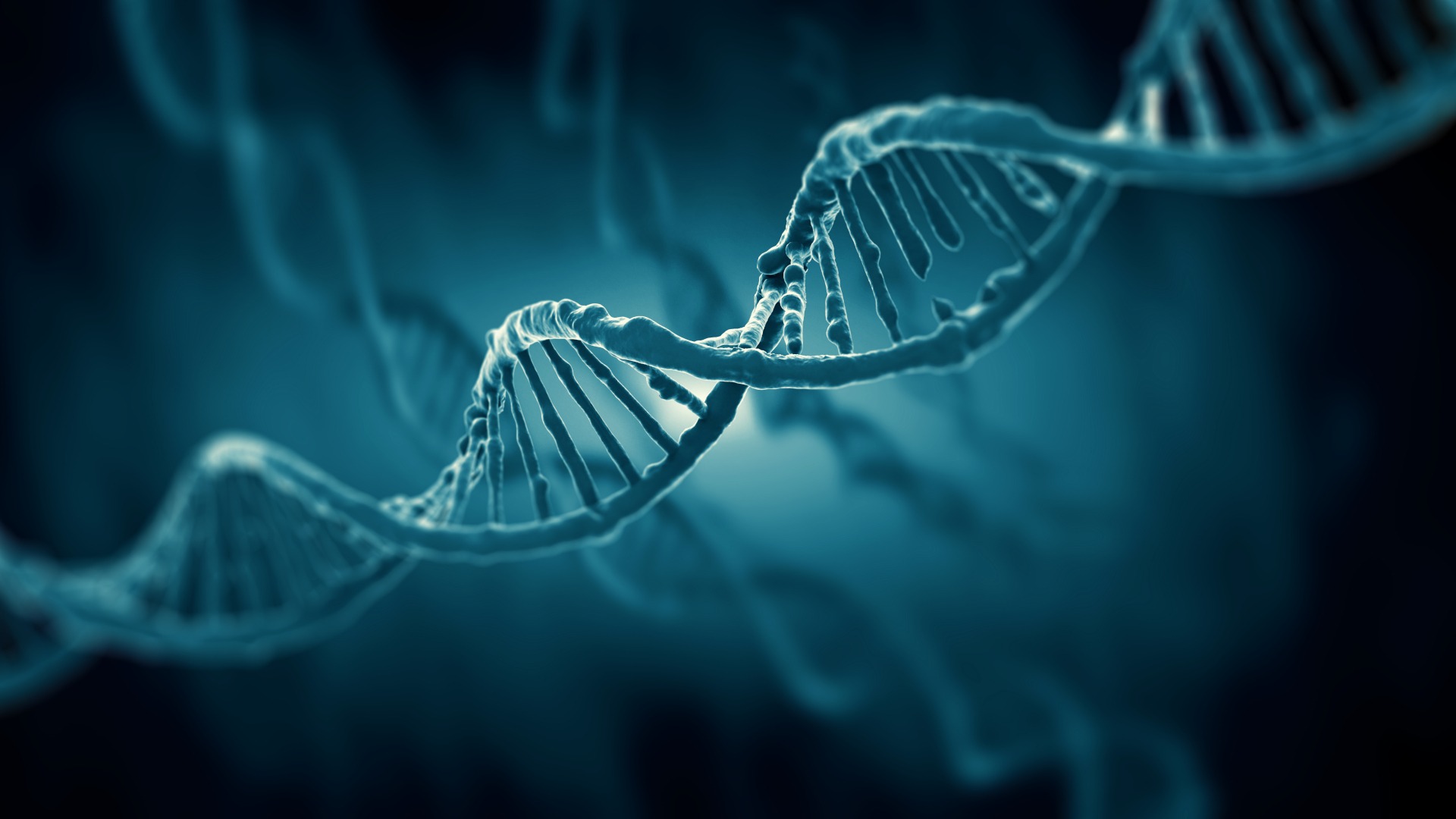Synthetic molecule greatly improves oxidative DNA damage repair
An international team of researchers from Sweden, Germany, Norway and Spain, led by SciLifeLab researchers Thomas Helleday and Maurice Michel (Karolinska Institutet), has described a small molecule (TH10785) that is capable of significantly boosting oxidative DNA damage repair. The discovery might lead to improved drugs for diseases such as, cancer, Alzheimer’s and lung diseases, but also to counteract processes connected to aging.
In a recent study, led by SciLifeLab researchers Thomas Helleday and Maurice Michel, an international team of researchers managed to improve the function of the enzyme (OGG1) that plays a key role in oxidative DNA damage repair. OGG1 is involved in a number of diseases, such as Alzheimer’s disease, cancer, obesity, cardiovascular diseases, autoimmune diseases and lung diseases, but also in aging.
The researchers utilized a method developed by Benjamin List and David W.C. MacMillan, known as organocatalysis. The method, which is based on small organic molecules’ ability to serve as catalysts in complex chemical reactions, was awarded the Nobel Prize in Chemistry in 2021.
In the study, published in Science, a number of these catalyst molecules, previously described by others, were investigated by examining their potential to bind to, and affect OGG1’s pathway. One of the candidates, called TH10785, displayed very interesting properties.
“When we introduce the catalyst into the enzyme, the enzyme becomes ten times more effective at repairing oxidative DNA damage and can perform a new repair function,” says first author Maurice Michel (SciLifeLab/KI), in a press release from Karolinska Institutet.
Interestingly enough, the catalyst not only enhances the effectiveness of OGG1 but alters its ability to cut DNA. This completely changes the normal pathway, in which OGG1 activates the apurinic endonuclease 1 (APE1), which initiates the repair process. Using the catalyst, APE1 is no longer needed, and instead OGG1 requires another protein, polynucleotide kinase phosphatase (PNKP1), to maintain the repair process.
The researchers now believe that the catalyst could be used to treat many of the diseases that are caused by oxidative stress. But last author Thomas Helleday believes that this is just the first step and that similar catalysts can be used to fix or improve other proteins as well.
“We believe that this technology could instigate a paradigm shift in the pharmaceutical industry, whereby new protein functions are generated instead of being suppressed by inhibitors,” says Thomas Helleday. “But the technique isn’t limited to drugs. The applications are virtually unlimited.”
The study was financed by numerous bodies, including the European Research Council, the Swedish Research Council, the Crafoord Foundation, the Swedish Cancer Society, the Torsten and Ragnar Söderberg Foundation and the Dr Åke Olsson Foundation for Hematological Research.
Read the entire press release here





